LLove exhibition, Tokyo
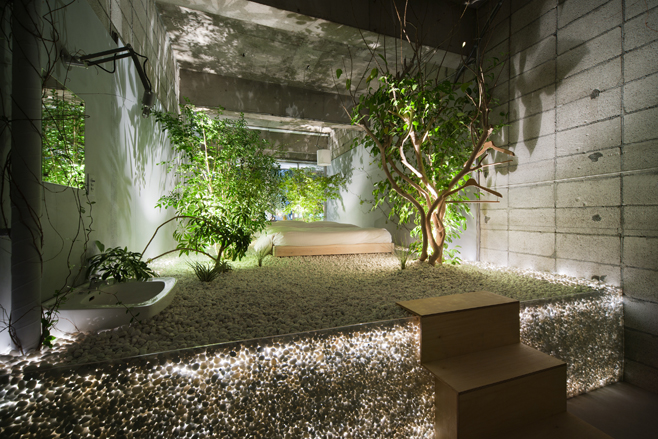
We've all been to shows that are so good you don't want to leave, and now, at the LLove exhibition in Tokyo, you don't have to. Located conveniently in Shibuya-ku, if you like what you see, simply check in and stay the night.
Curated by Suzanne Oxenaar (artistic director of the Lloyd Hotel in Amsterdam), LLove consists of 14 guest rooms, as well as a cafe and a shop, all completely refurbished by a selection of eight Dutch and Japanese designers, including Scholten & Baijings, Pieke Bergmans, Richard Hutten and Jo Nagasaka.
Concieved to celebrate 400 years of trade and cultural relations between Japan and the Netherlands, each designer was given complete freedom to do anything to their room. The results range from the surreal to the magnificent, with each designer approaching the concept of a guest room in completely different ways. Richard Hutton for example was determined to design a 7 star hotel room: '3 stars for comfort and an additional 4 stars for experience'. Pieke Bergmans explored the romance and compassion of love with her room, where 'the bed is crawling up the wall, the chair desperately stretching out to get closer to the table, the lights entagngled... everything has fallen in love.'
Equally conceptual were the Japanese designer's interpretations. Yuko Nagayama stripped his room out completely and buried the room in white pebbles 'to awaken a latent natural instinct that everybody appears to carry within but is normally not activated'. While Nakayama played with size, making a replica of the Japanese-style room, blew it up and then put it back in the old room. 'When we tried to stuff something bigger into something smaller, some wrinkes have appeared, but it is the same room. What would have had it grow bigger? Love? I'd like to thing so.'
The rooms, which opened last week, are available to book till the 23 November, and open to the public every day between midday and 3pm.
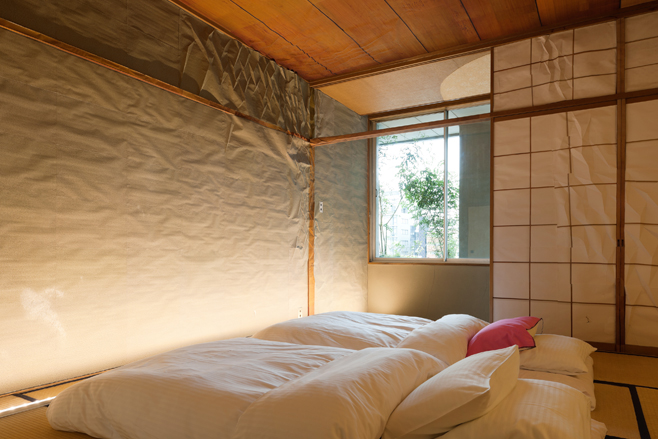
Little Big Room by Hideyuki Nakayama We have made a replica of the former, old and dilapidated Japanese-style room. As it is a replica, also the cuts in the pillars, the stains on the ceiling, everything is totally the same. However, the replica has grown a little bit bigger. We tried to put this slightly bigger replica back into the room. Of course, since we tried to stuff something bigger into something smaller, some wrinkles have appeared. But it still is that same room, only slightly bigger. What would have had it grow bigger? Love? I’d like to think so.
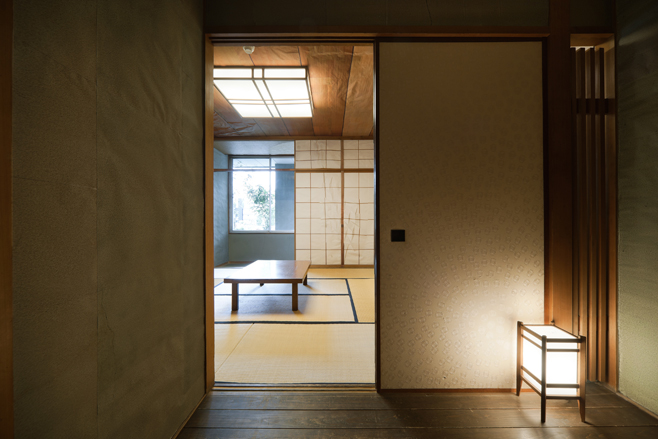
Little Big Room by Hideyuki Nakayama
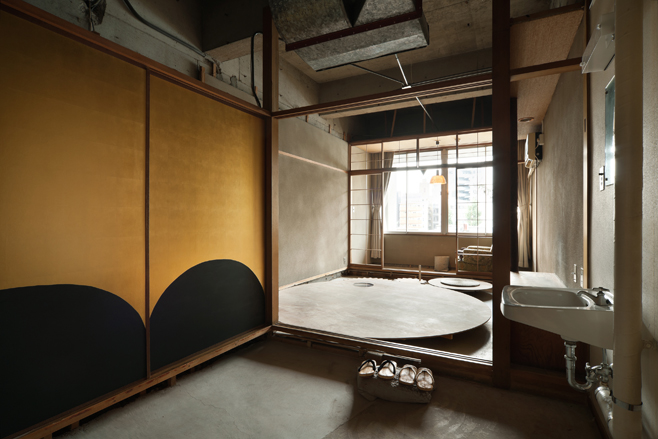
Rotating Bed by Jo Nagasaka During the Edo period of Japan foreign trade with Western nations was very limited. Trade was only allowed on Deshima, a small artificial island in the bay of Nagasaki. A Dutch trade factory was built there in 1641 and the trade between the two countries started. Every time a Dutch ship would enter the Nagasaki harbor the government of Japan demanded detailed information about Dutch life, culture, science and technology as this was the only way to obtain information about the West. This information was compiled in the so-called fusetsu-gaki, Dutch reports of the world news. A drawing of a cogwheel in one of these reports became very influential in the underworld of Edo society. Nagasaka used this information as a starting point to recreate an illusive space.
Wallpaper* Newsletter
Receive our daily digest of inspiration, escapism and design stories from around the world direct to your inbox.
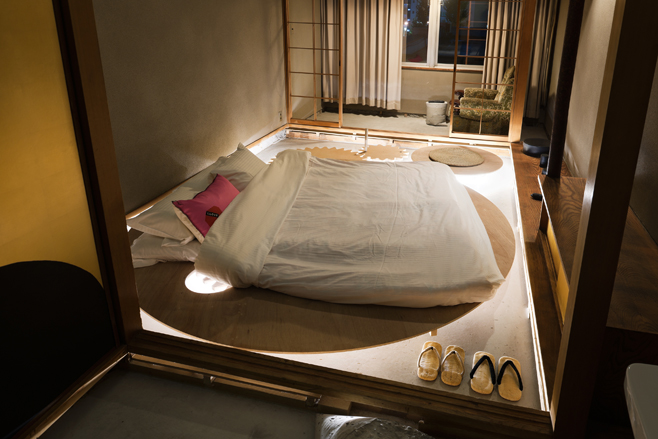
Rotating Bed by Jo Nagasaka
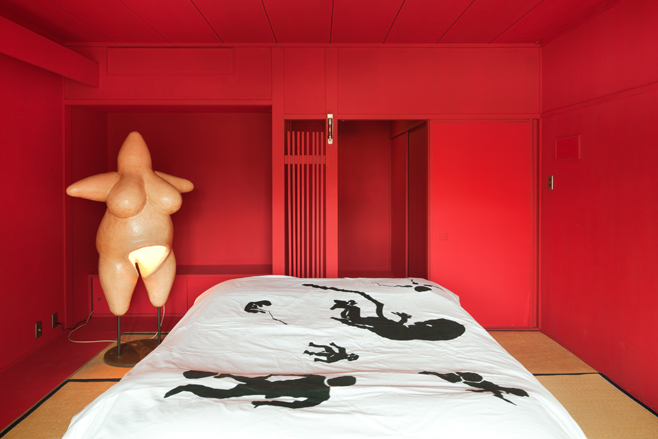
Fertility by Joep Van Lieshout `
In this safe haven one can relax just like we all did in our first homes, that of the womb. Its soft shapes and forms make for the ultimate experience of Llove in all its shapes and sizes.

Pond by Ryuji Nakamura
The original Japanese-style room is left just as it is, but an extra floor has been added which splits the room in two spaces above and under. This floor is created with a special method: it is elastic. Therefore you can stretch it and walk through it. Please think about interesting ways to play with this material, and take a lot of photographs.
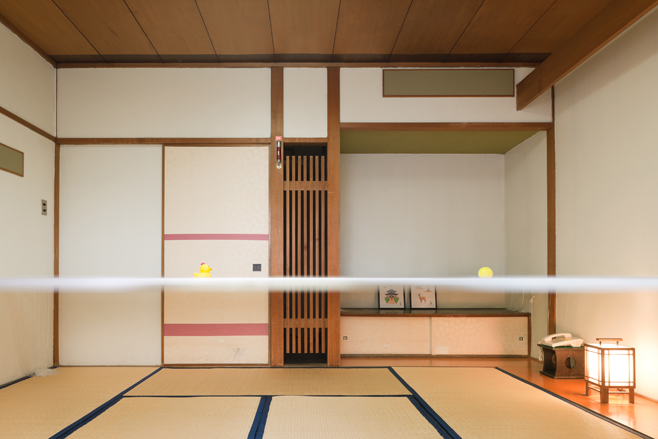
Pond by Ryuji Nakamura
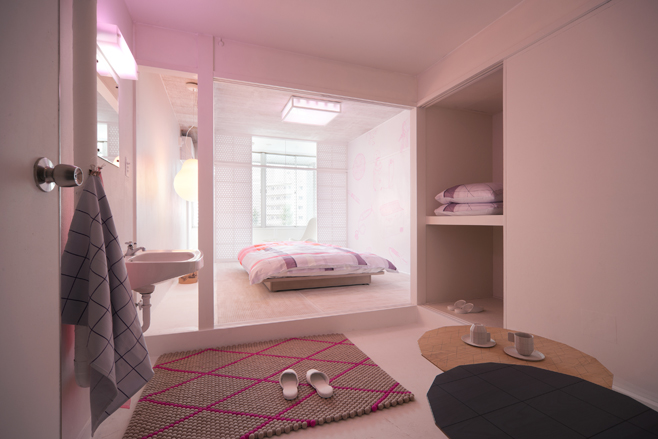
Re-creation by Scholten & Baijings A Llove Hotel is an establishment where about half of all sex in Japan takes places,ane where consequently a large part of the country’s offspring are conceived. Looking at the floor plan, we presumed that we had to design a single room?! Therefore the idea arose to focus on fertility issues. Because what if you are single and you want to have a child? Or you are a happy couple that has difficulty getting a love baby. Re-creation..
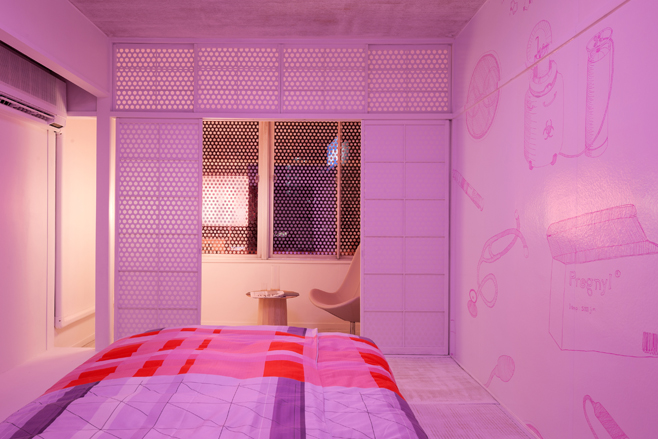
Re-creation by Scholten & Baijings
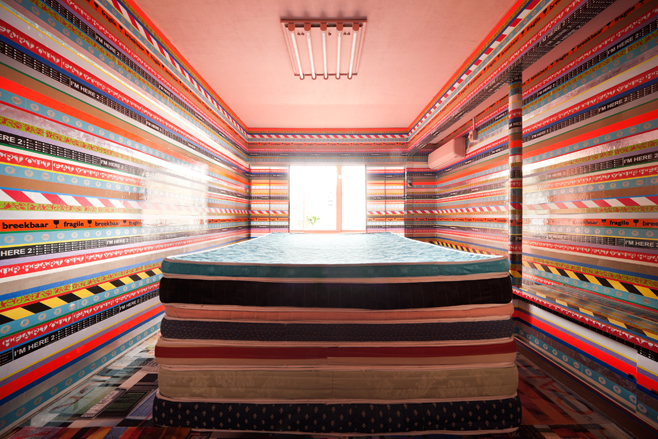
Llayers Llove hotel by Richard Hutten
The hotel room designed by Richard Hutten must be seen as an emotional journey. It will be a 7 star hotel room: 3 stars for comfort and an additional 4 stars for experience.
In the room you’ll find an extension of the layers series Richard started to make in 2008. The center of the room is the ‘Princess on the Pea’, a bed which functions as a place to sleep and rest, but also as table and storage. The bed is the only piece of furniture in the room. On the floor you will find carpet tiles which represent different moods and functions of the hotel room, also represented in a layered manner. On the walls of the room layers of tape complete the look. Some of these tapes were specially made for this room. On one tape you can even leave your mark during your stay, expressing your personal feeling or needs. As an extra layer, referring to the outdoor, you will find some leaves growing on strange places. The room is not suitable for business men on a business trip, but very suitable for tourists not in a hurry, people in love, and everyone who knows how to enjoy life!
Llayers Llove hotel by Richard Hutten The hotel room designed by Richard Hutten must be seen as an emotional journey. It will be a 7 star hotel room: 3 stars for comfort and an additional 4 stars for experience. In the room you’ll find an extension of the layers series Richard started to make in 2008. The center of the room is the ‘Princess on the Pea’, a bed which functions as a place to sleep and rest, but also as table and storage. The bed is the only piece of furniture in the room. On the floor you will find carpet tiles which represent different moods and functions of the hotel room, also represented in a layered manner. On the walls of the room layers of tape complete the look. Some of these tapes were specially made for this room. On one tape you can even leave your mark during your stay, expressing your personal feeling or needs. As an extra layer, referring to the outdoor, you will find some leaves growing on strange places. The room is not suitable for business men on a business trip, but very suitable for tourists not in a hurry, people in love, and everyone who knows how to enjoy life!
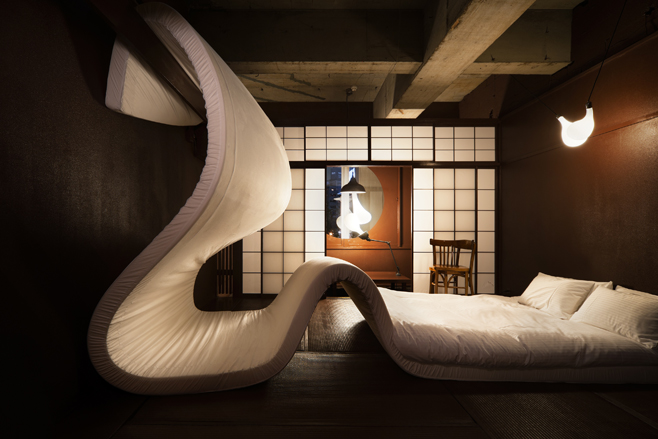
in Llove by Pieke Bergmans The design of the room in the Llove hotel, is about the emotion, the romance and compassion of love. The main object in the room will be light. Light is visible to human but whether visible to the eye or not, a really interesting aspect of light is that we ‘feel’ light. This is because of the electromagnetic radiation of the wave lengths and also the temperature. In many legends sunsets or moonlight are an important and magical part of processes as it touches our emotions. But it’s not just about the light in this room. You think you enter a regular hotel-room, but when you have a closer look, you see that the objects behave peculiar; The bed is crawling up the wall. The chair is desperately stretching out to get closer to the table. The lights are entangled and the toothbrushes are totally into one and another. But what else would you expect from a Llove hotel… everything has fallen in LLove!
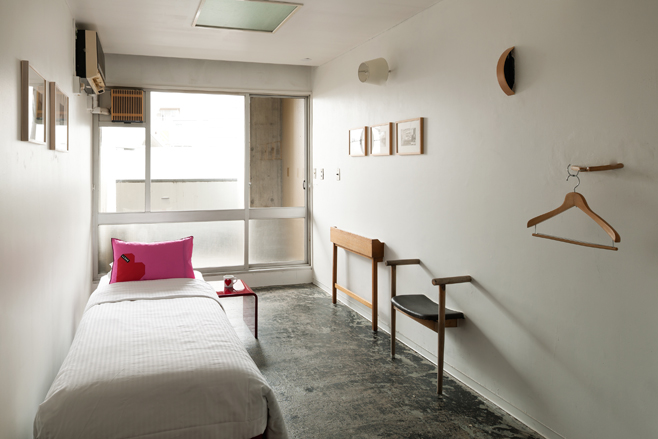
Rooms 309 - 314 by Llove Creative team and Jo Nagasaka The 6 C-type rooms consist of three sets of two neighboring rooms. The guests of these sets can enjoy an ’unrelated connection’ through the subtle mechanisms in these rooms. Every set has its own theme: ’misunderstanding’, ’overwriting’ and ’misinterpretation’. The rooms were designed using these themes by the LLOVE Creative Team together with Jo Nagasaka. In every room works by contemporary artists belonging to galleries affiliated with New Tokyo Contemporaries (Association of second generation galleries in Tokyo) are exhibited.
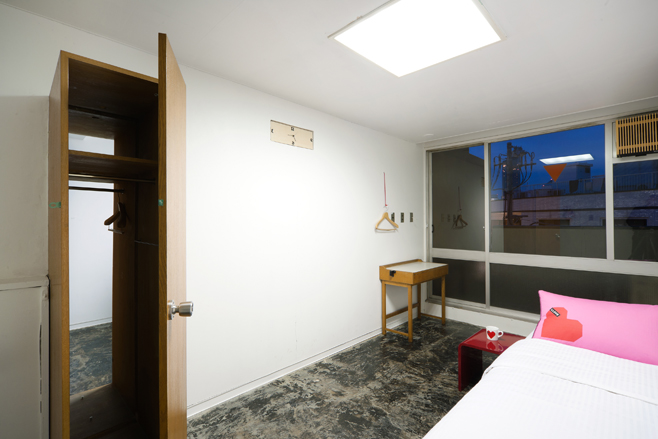
Rooms 309 - 314 by Llove Creative team and Jo Nagasaka
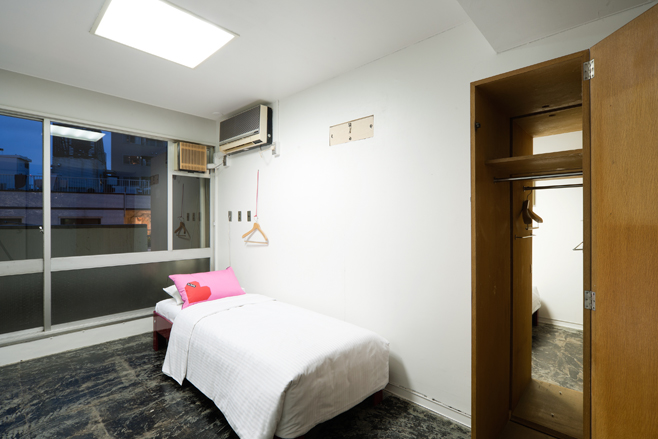
Rooms 309 - 314 by Llove Creative team and Jo Nagasaka
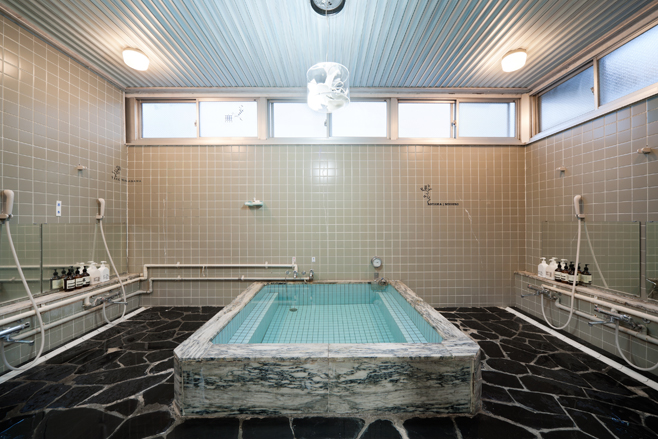
Bathroom gallery, Yokujo
YOKUJO features an art gallery in a Japanese style bathroom. (Only hotel guests can make use of the bathroom)
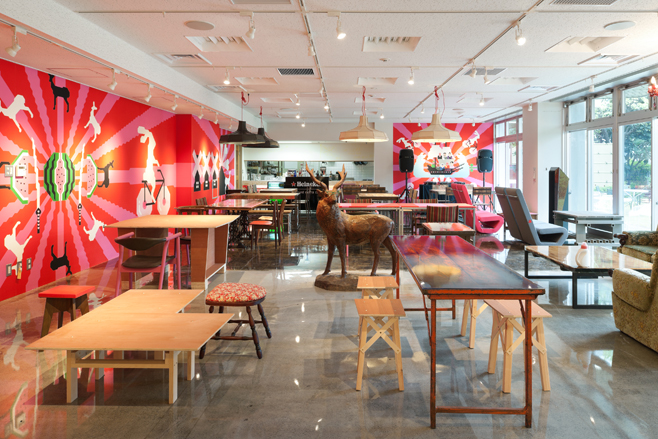
The hotel’s cafe where food is served using ingredients from the Nara Prefecture
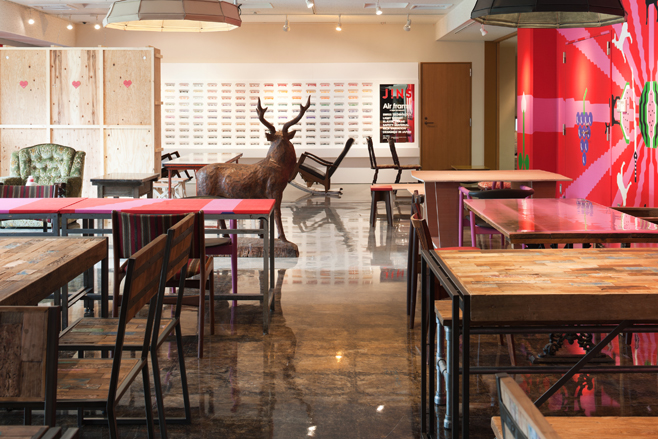
The hotel’s cafe
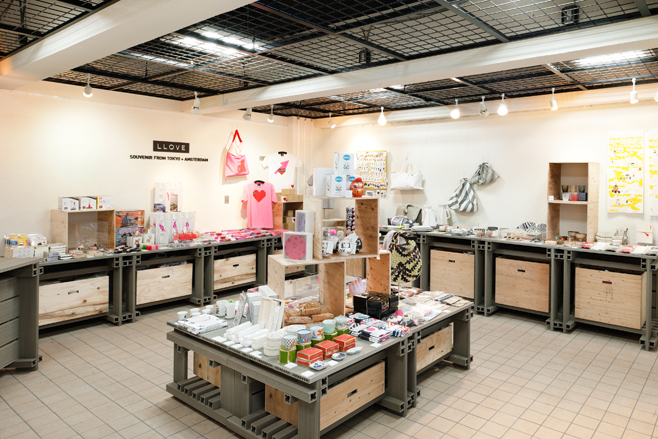
Shop, where a selection of goods from Japan and the Netherlands are for sale
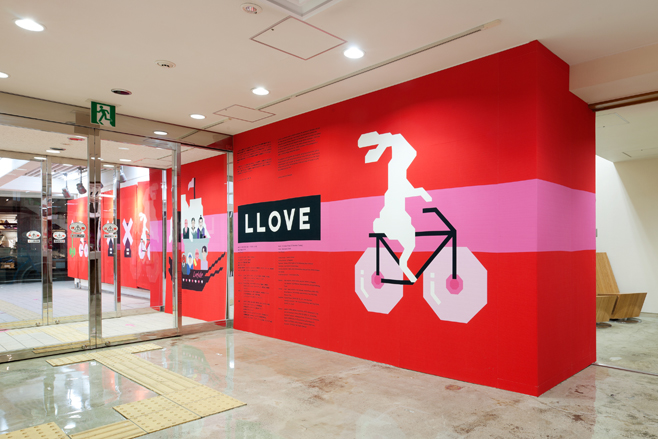
The entrance to the LLove exhibition
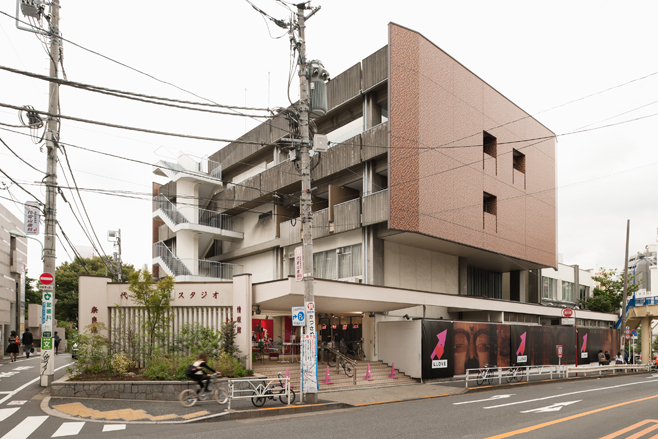
The Daikanyama i Studio, where Llove takes place, seen from the street, in Shibuya-ku
ADDRESS
Daikanyama i Studio
Ebisu-nishi 1-36-10
Shibuya-ku
Tokyo
-
 All-In is the Paris-based label making full-force fashion for main character dressing
All-In is the Paris-based label making full-force fashion for main character dressingPart of our monthly Uprising series, Wallpaper* meets Benjamin Barron and Bror August Vestbø of All-In, the LVMH Prize-nominated label which bases its collections on a riotous cast of characters – real and imagined
By Orla Brennan
-
 Maserati joins forces with Giorgetti for a turbo-charged relationship
Maserati joins forces with Giorgetti for a turbo-charged relationshipAnnouncing their marriage during Milan Design Week, the brands unveiled a collection, a car and a long term commitment
By Hugo Macdonald
-
 Through an innovative new training program, Poltrona Frau aims to safeguard Italian craft
Through an innovative new training program, Poltrona Frau aims to safeguard Italian craftThe heritage furniture manufacturer is training a new generation of leather artisans
By Cristina Kiran Piotti
-
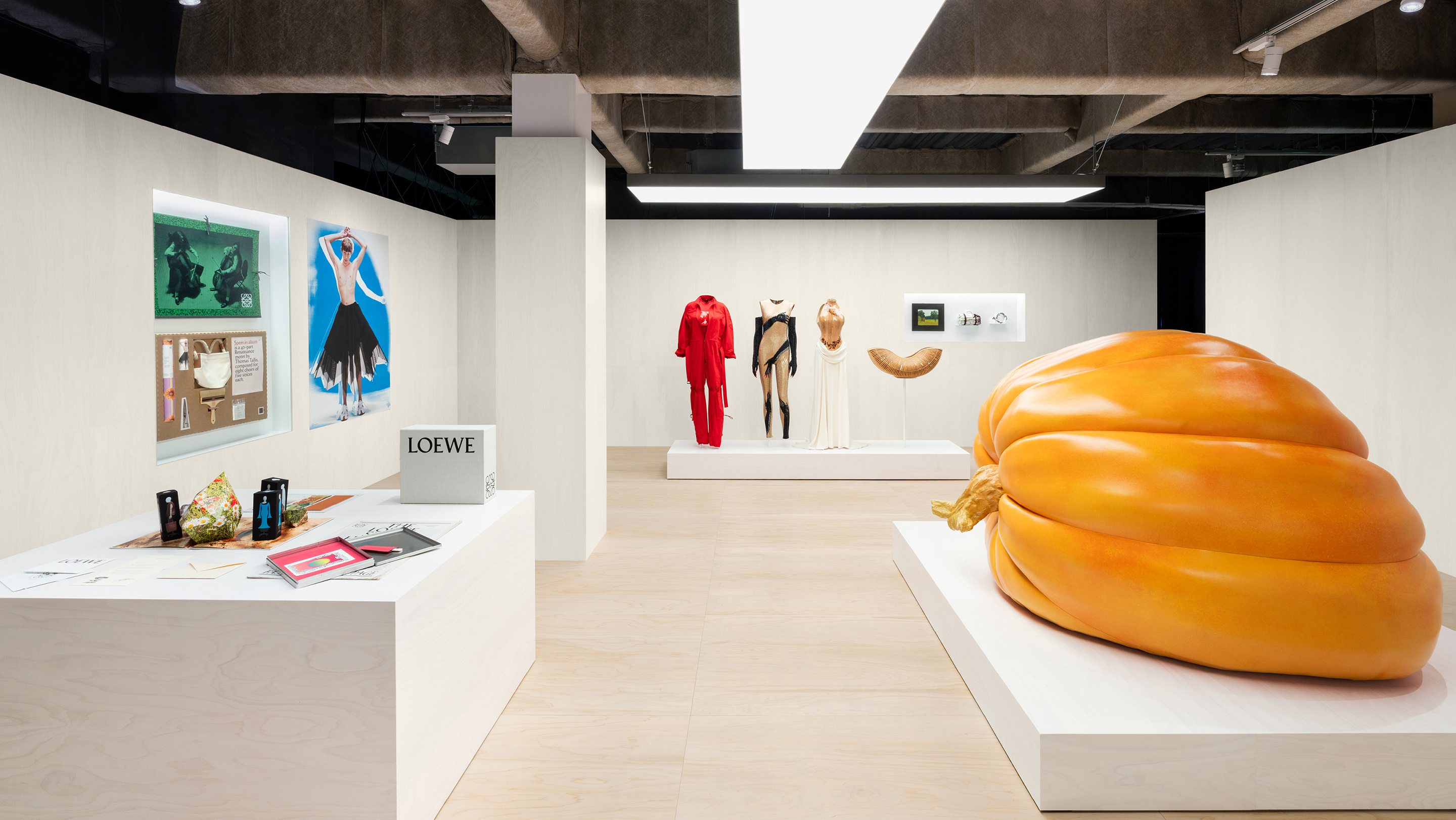 Paper flower gardens and neon mushrooms, Loewe's 'Crafted World' is rooted in heritage, innovation, and child-like wonder
Paper flower gardens and neon mushrooms, Loewe's 'Crafted World' is rooted in heritage, innovation, and child-like wonder'Crafted World' by Loewe is fashion house's first major brand exhibition, opening in Tokyo’s Harajuku district
By Danielle Demetriou
-
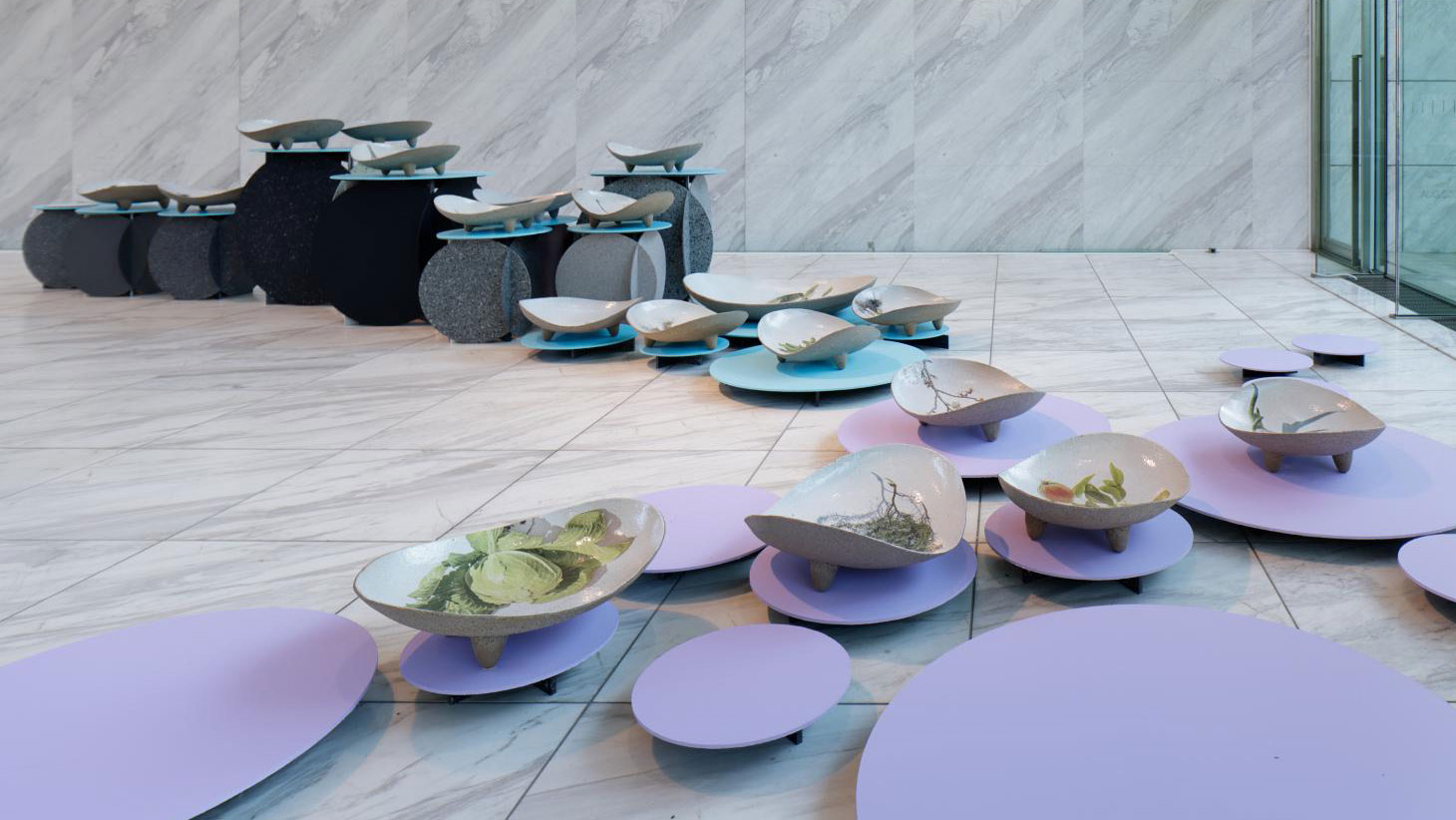 Designart Tokyo transforms the city into a museum of creativity
Designart Tokyo transforms the city into a museum of creativityDesignart Tokyo presents global design highlights through a series of exhibitions involving global creative talent and traditional Japanese craft
By Danielle Demetriou
-
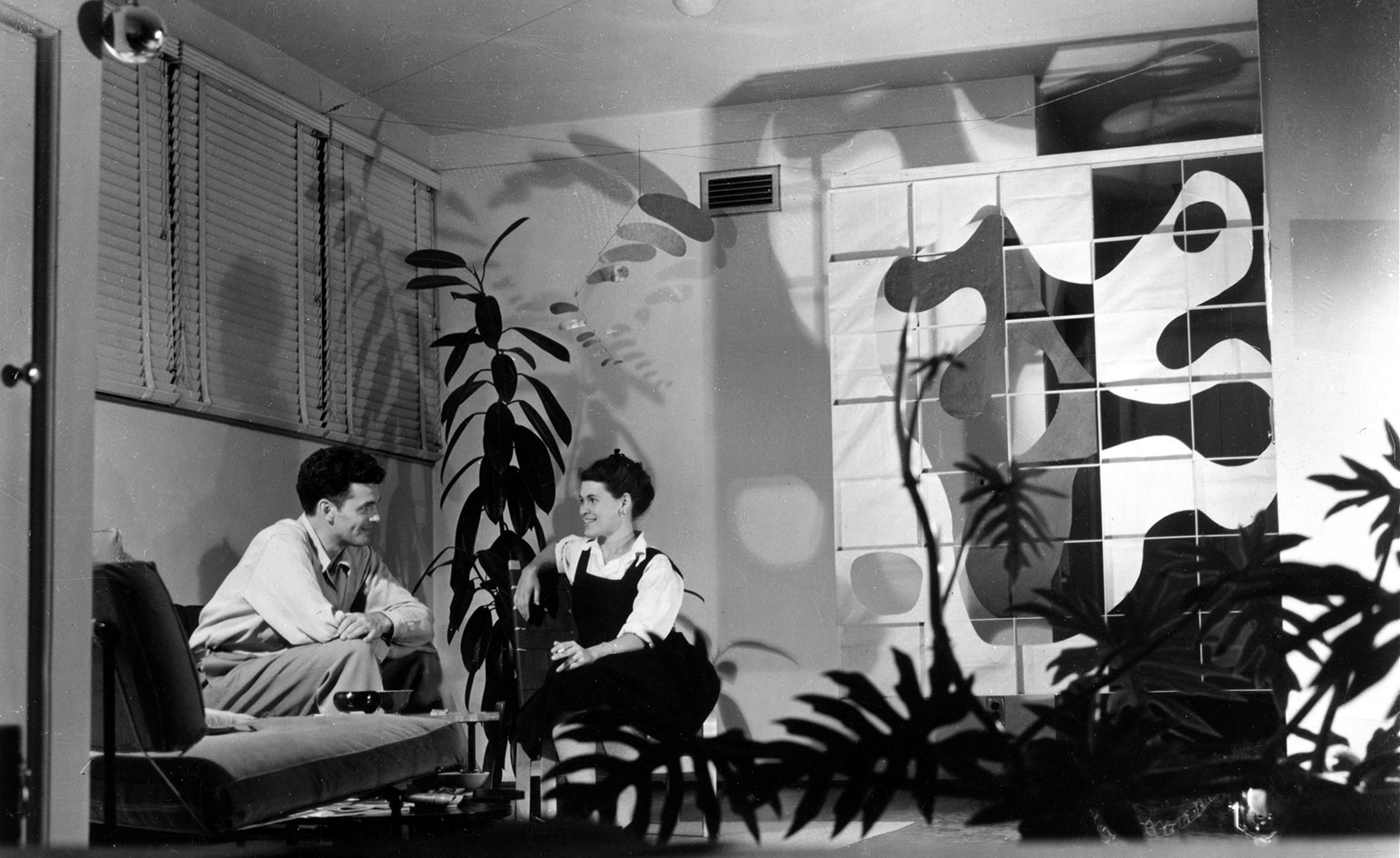 Exhibition in Japan celebrates all things Eames
Exhibition in Japan celebrates all things EamesTo mark the 80th anniversary of the Eames design office, Tokyo’s Isetan The Space gallery hosts an exhibition (until 5 January 2022), highlighting some of Charles and Ray Eames’ most celebrated designs as well as new editions and collaborations
By Rosa Bertoli
-
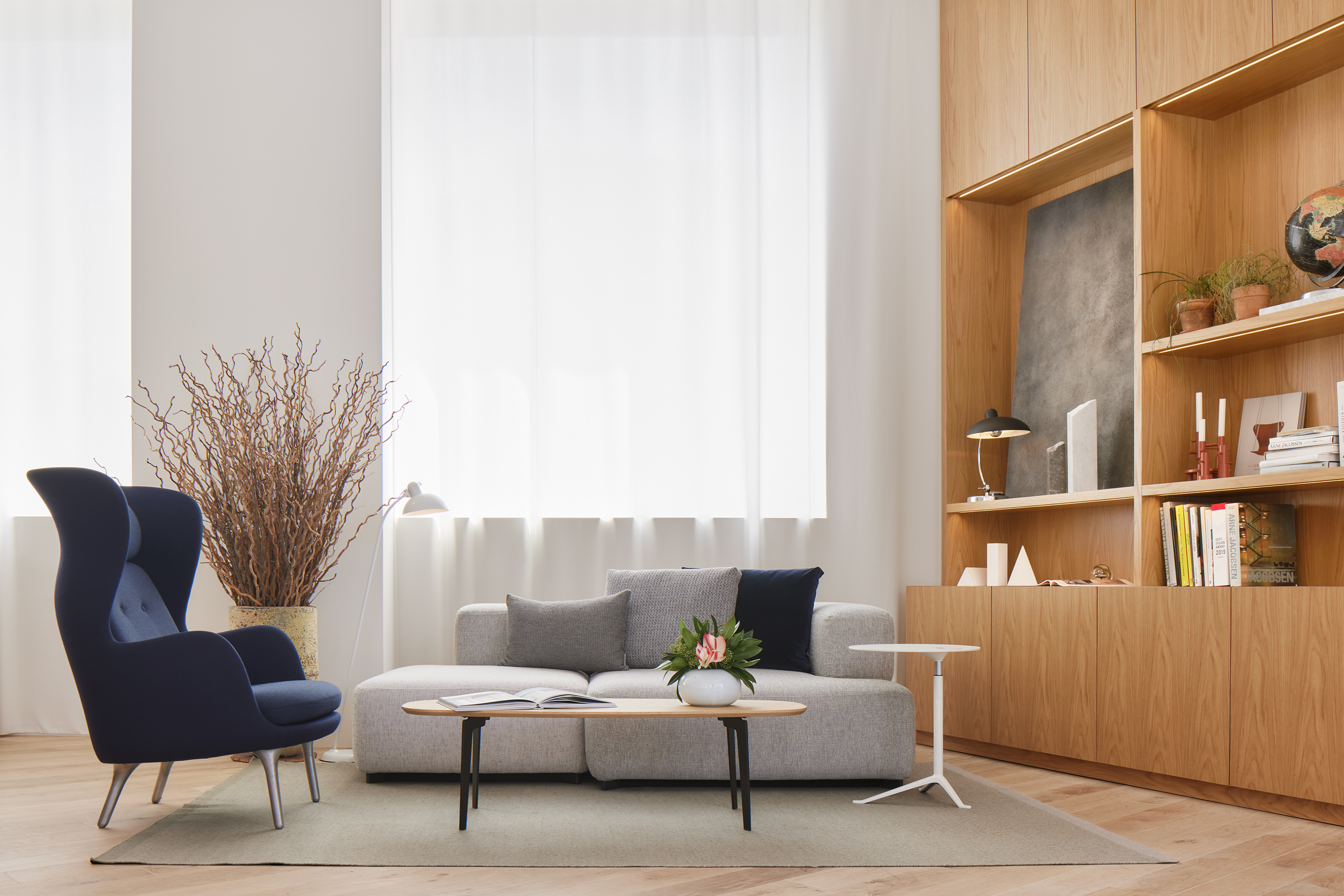 Fritz Hansen Tokyo HQ opens in Kengo Kuma-designed building
Fritz Hansen Tokyo HQ opens in Kengo Kuma-designed buildingFritz Hansen unveils a new Tokyo HQ, in a building originally designed by Kengo Kuma in 1991. In a new film created to mark the opening, the architect shares his creative vision and his views on both Scandinavian and Japanese design
By Rosa Bertoli
-
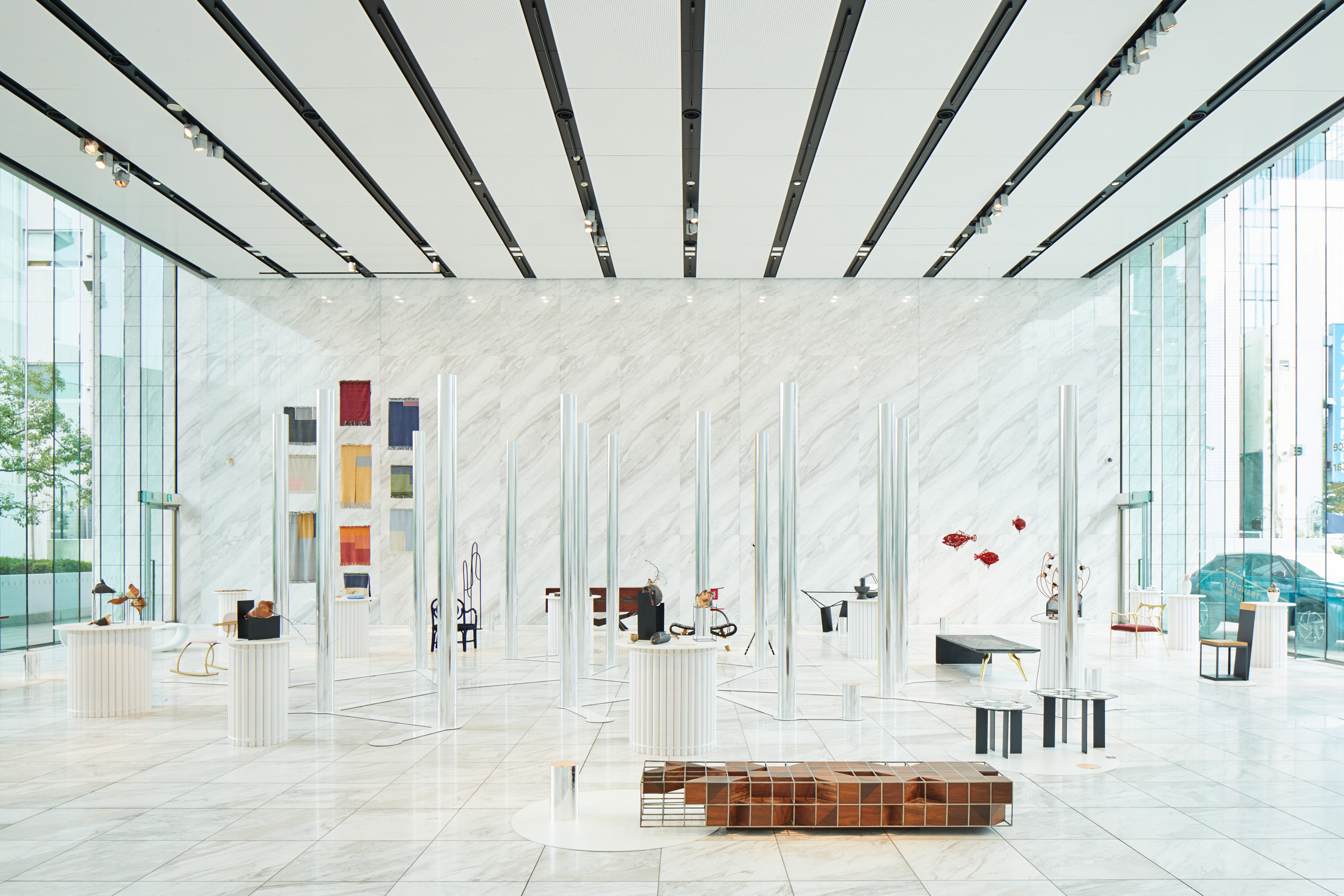 Designart Tokyo transforms the city into a living, multi-sensory museum
Designart Tokyo transforms the city into a living, multi-sensory museumThe third edition of the fair (18-27 October) showcases over 100 exhibitions across the Japanese capital
By Danielle Demetriou
-
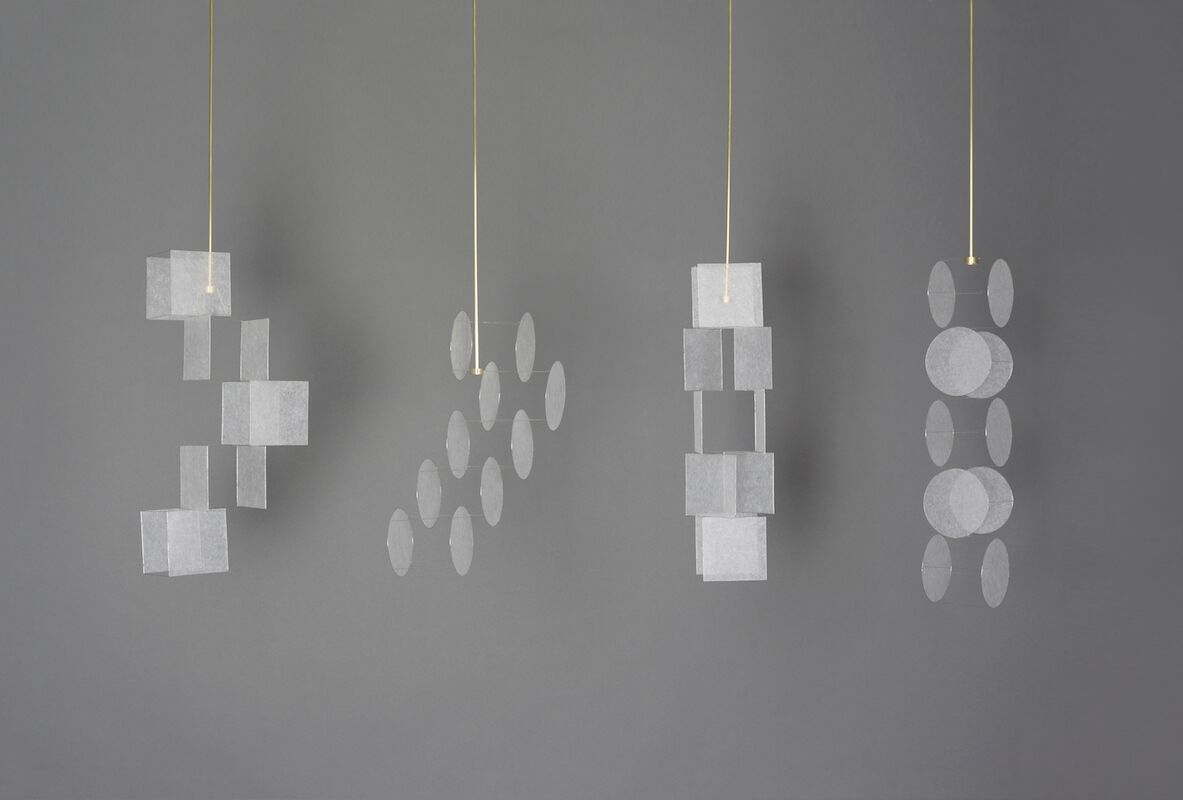 How Tokyo’s creative universe is evolving at Designart’s second edition
How Tokyo’s creative universe is evolving at Designart’s second editionBy Danielle Demetriou
-
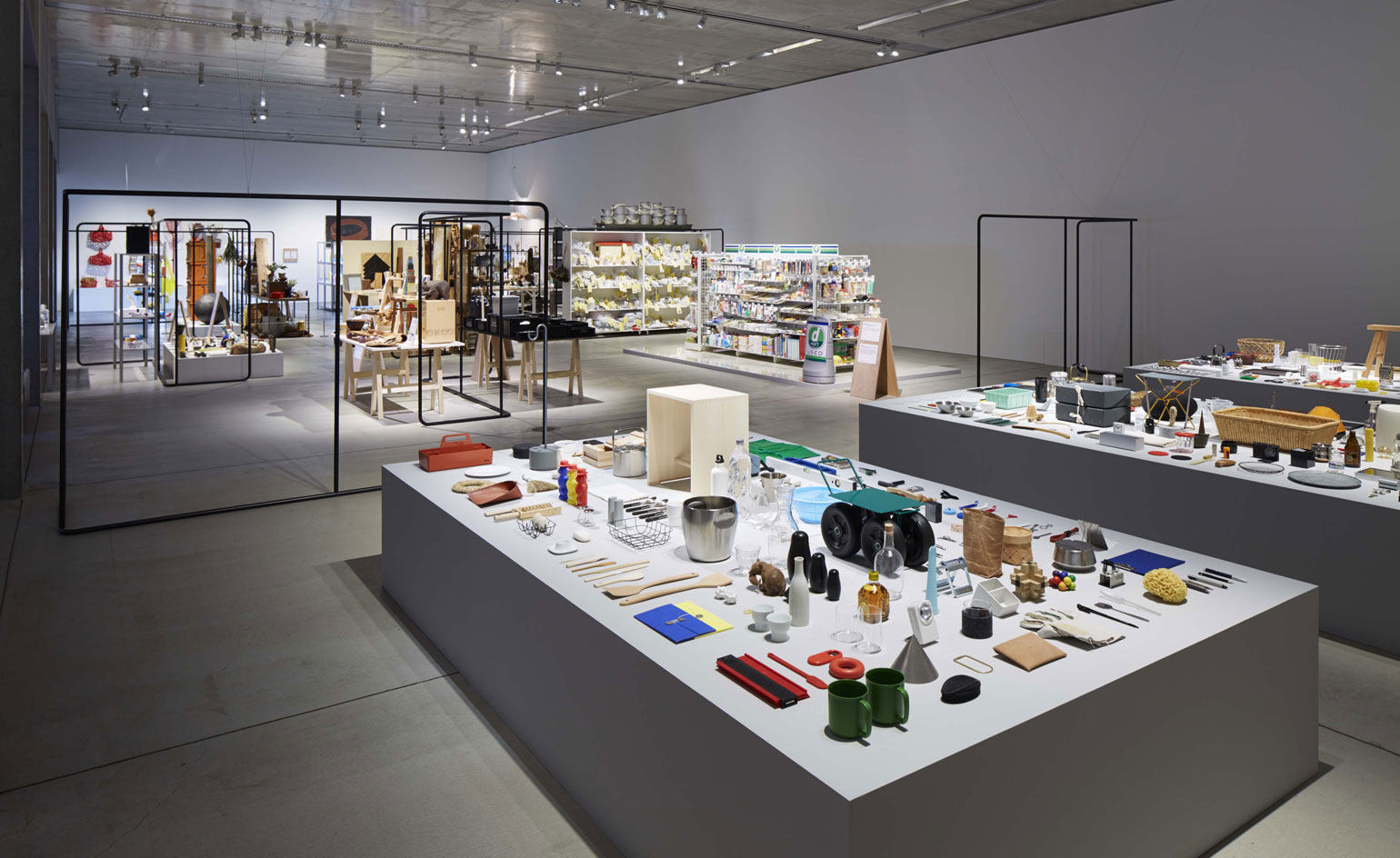 The things that define you: an exhibition of zakka at 21_21 Design Sight Tokyo
The things that define you: an exhibition of zakka at 21_21 Design Sight TokyoBy Tom Howells
-
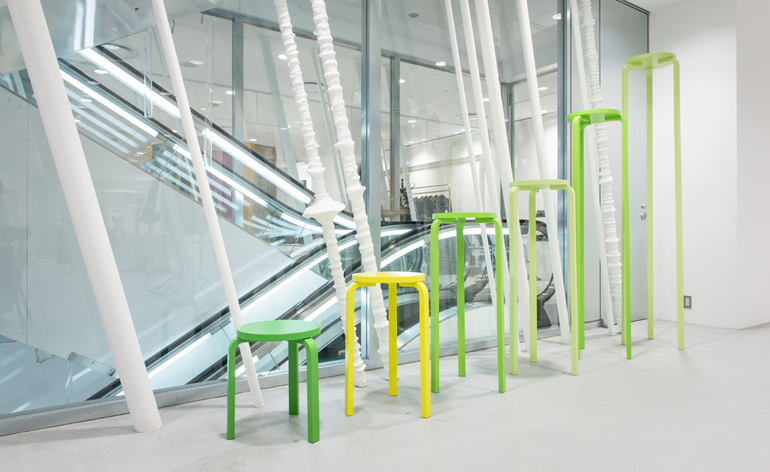 Tokyo Designers Week 2013: The highs and lows
Tokyo Designers Week 2013: The highs and lowsBy Catherine Shaw